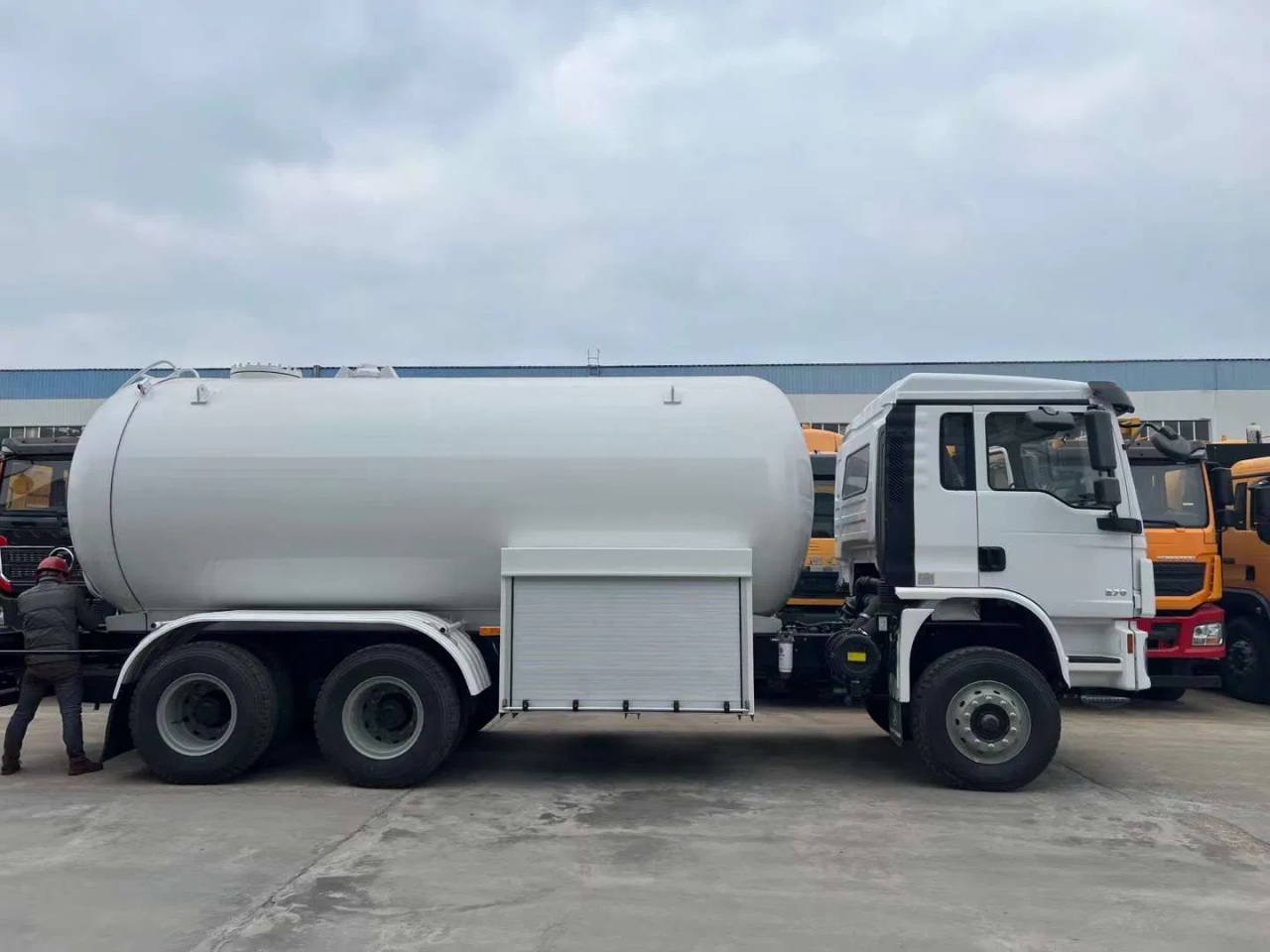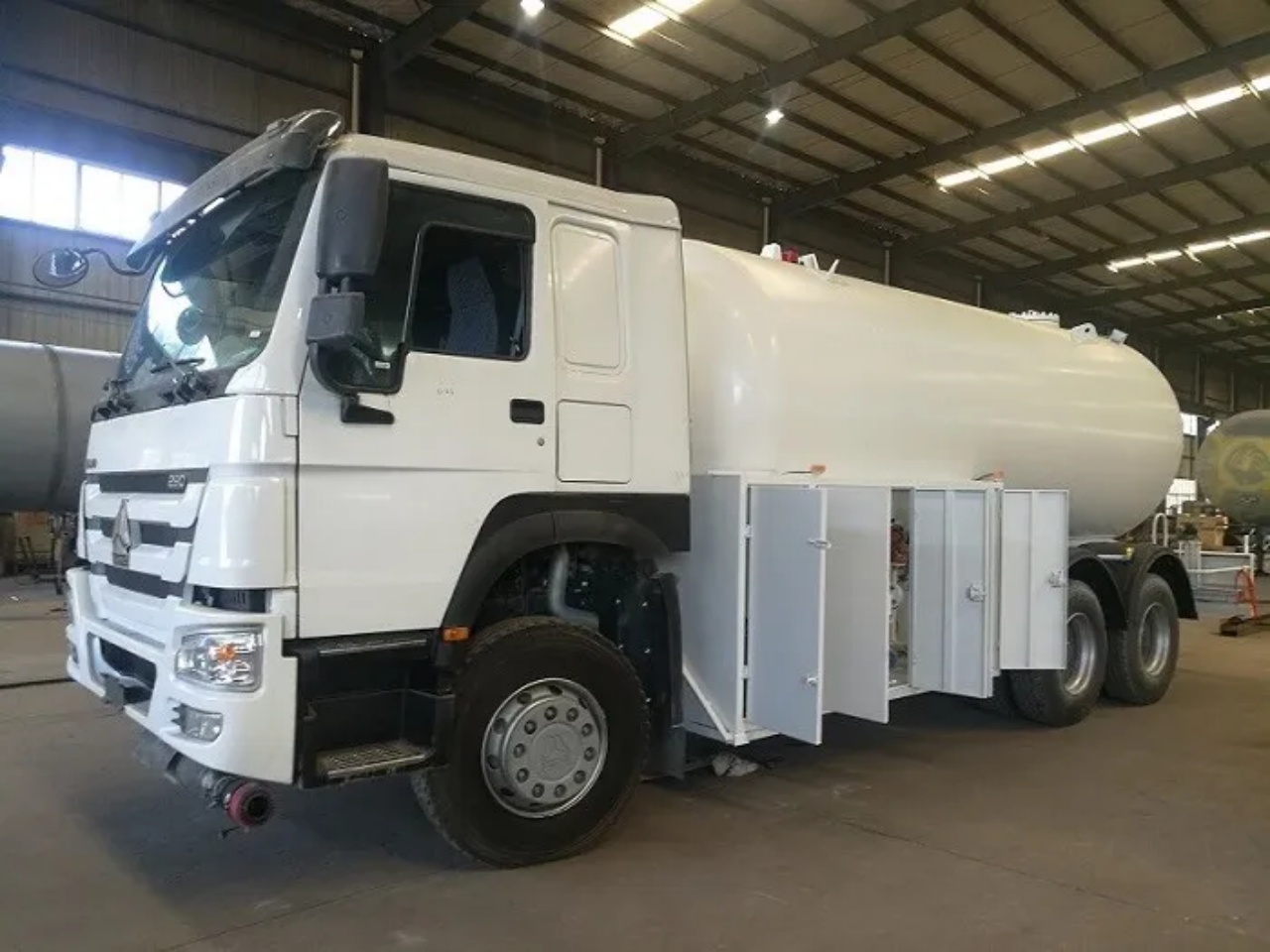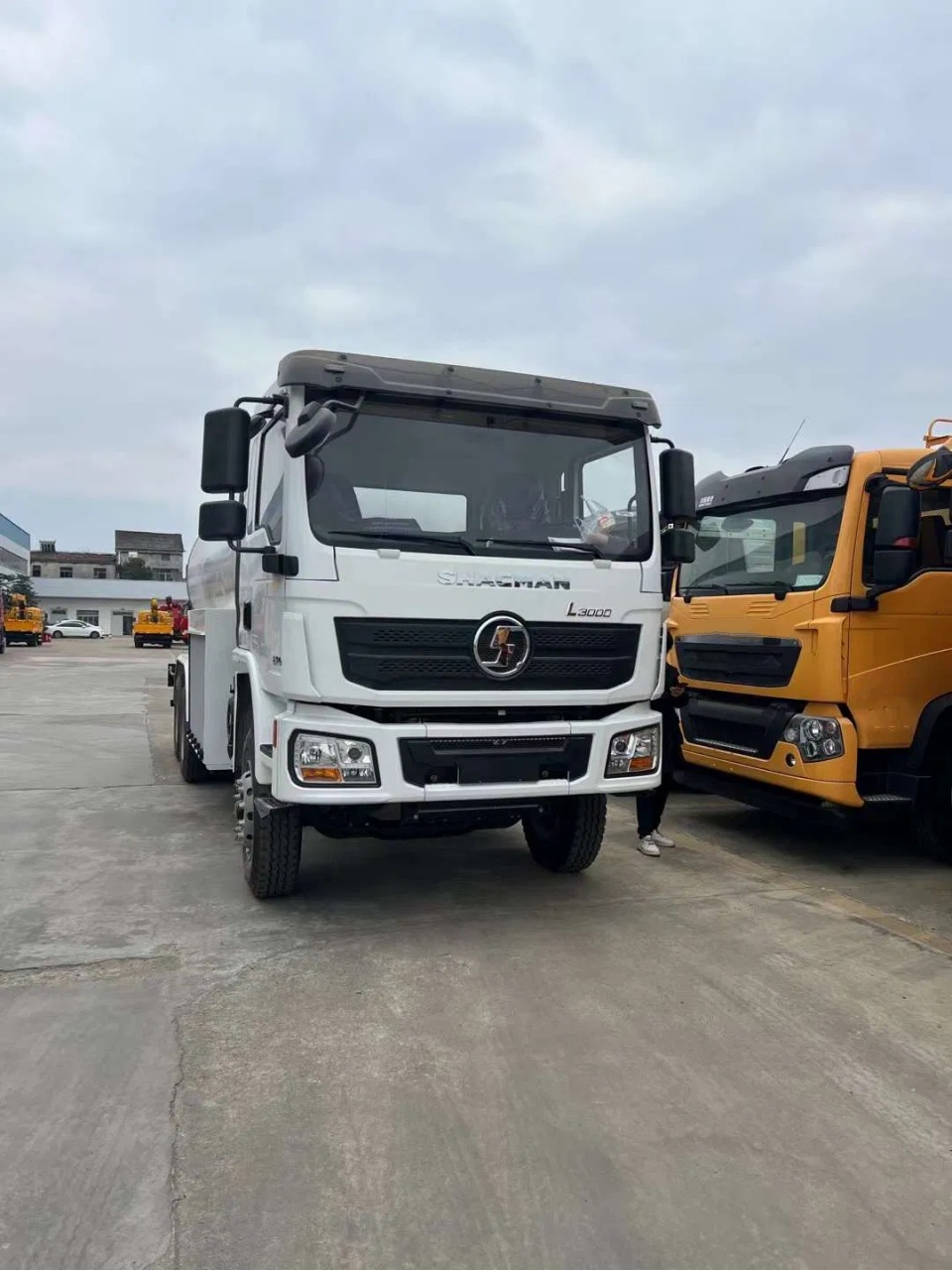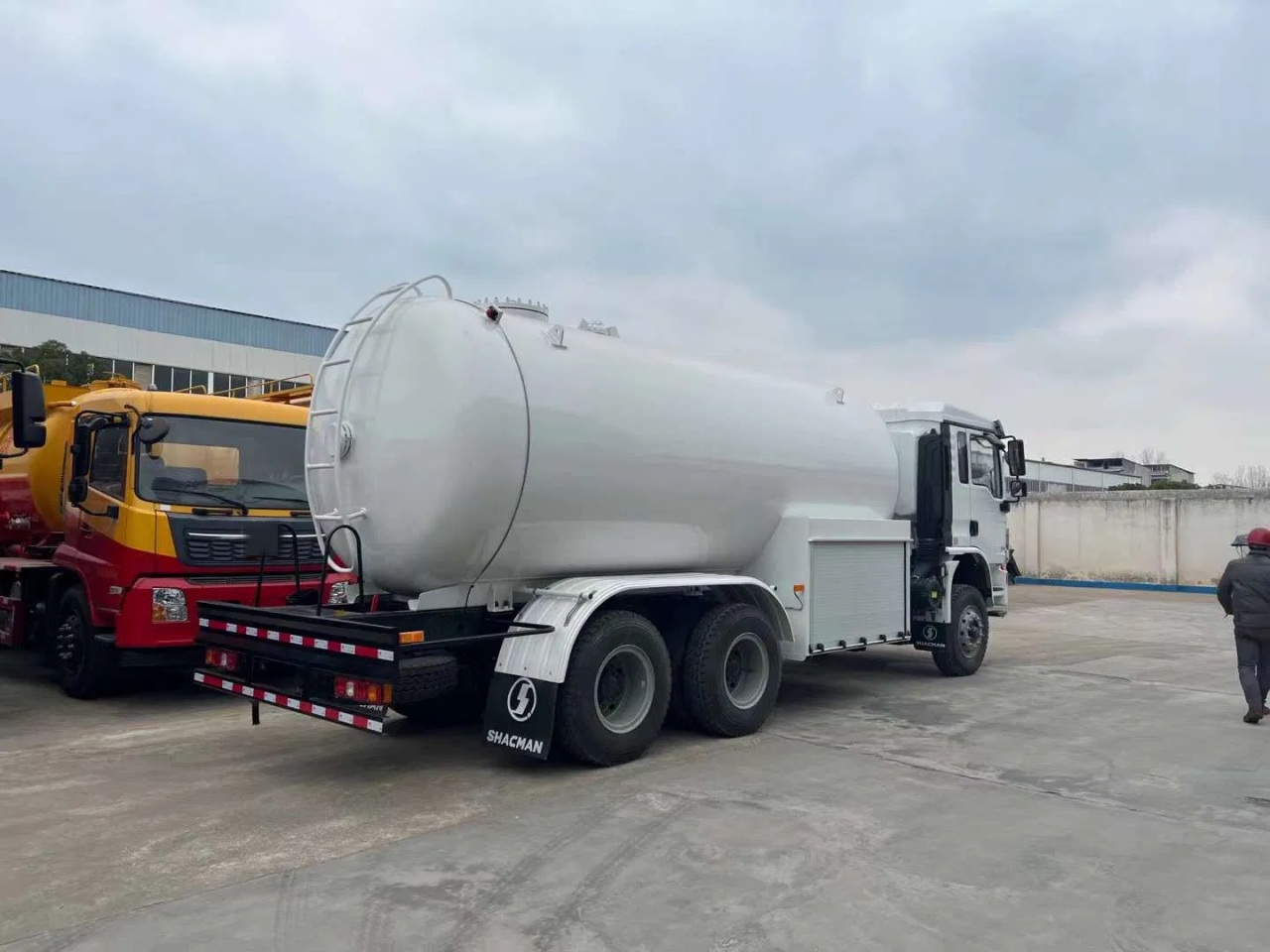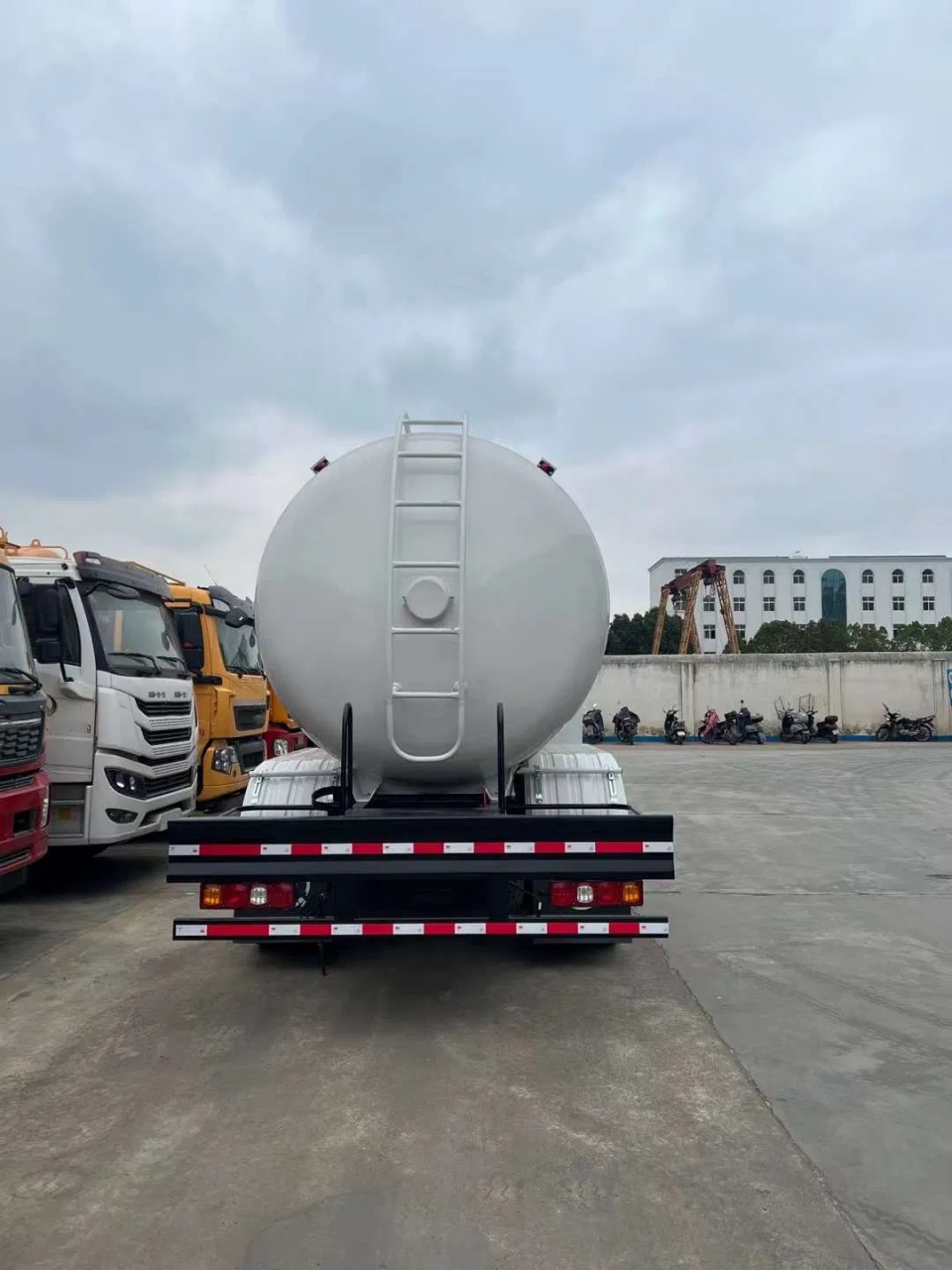Propane is a widely used fuel source in residential, commercial, agricultural, and industrial applications. Whether it’s heating homes, fueling forklifts, or running agricultural equipment, propane is valued for its efficiency, clean-burning properties, and portability. However, for propane to be usable, it must be safely and reliably delivered to end-users. If you’ve ever wondered how propane makes its way from a refinery to your tank, this article explores the full process of propane delivery, including logistics, equipment, safety measures, and customer experience.
1. The Supply Chain: From Refinery to End-User
Propane is a byproduct of natural gas processing and petroleum refining. Once separated from other hydrocarbons, it is liquefied under moderate pressure and stored in large tanks for transportation. From here, it enters a supply chain that includes the following steps:
- Bulk storage facilities: Propane is stored in massive bulk tanks near railways, ports, or pipelines.
- Transport to local distributors: Specially designed propane transport trucks (also known as bobtails or transport trailers) carry propane to local suppliers.
- Local delivery: Propane is then delivered to end-users such as homes, businesses, or farms through smaller delivery trucks.
2. Propane Delivery Vehicles: The Bobtail Truck
At the heart of local propane delivery is the bobtail truck. These medium-duty trucks are equipped with cylindrical tanks and specialized pumping systems. Here are some key features:
- Tank capacity: Typically ranges from 1,000 to 5,000 gallons.
- Pump system: Allows controlled transfer of propane from the truck to the customer’s storage tank.
- Meter and hose reel: Includes a calibrated meter to measure the amount dispensed and a hose reel for reach and flexibility.
- Emergency shutoff valves: For enhanced safety during transfer operations.
Bobtail drivers are certified professionals trained in hazardous material handling and emergency response.
3. Scheduling the Delivery
There are 2 main ways propane deliveries are scheduled:
a. Will-Call Delivery
In this method, customers monitor their propane levels and contact the supplier when they need a refill. Will-call is often used by seasonal or low-consumption users.
b. Automatic Delivery
Most residential users opt for automatic delivery. In this system, the supplier estimates propane usage based on:
- Degree-day calculations (outside temperature patterns)
- Appliance type and usage history
- Tank size and past refill intervals
Some suppliers use tank monitors—wireless devices that provide real-time tank levels, which help ensure timely deliveries and avoid runouts.
4. The On-Site Delivery Process
Once the bobtail truck arrives at the property, the delivery driver follows a specific process:
Step 1: Inspection
The driver checks the customer’s tank and surroundings for any potential safety hazards. The tank is inspected for:
- Leaks or corrosion
- Proper valve function
- Secure footing and ventilation
Step 2: Preparation
The driver grounds the truck and the tank to prevent static discharge, which is crucial because propane is highly flammable.
Step 3: Connection
A fill hose is connected from the truck’s pump system to the customer’s fill valve. A vapor return line may also be connected, depending on the tank and setup.
Step 4: Filling
The truck’s pump begins transferring liquid propane into the tank. The driver monitors the fixed liquid level gauge to ensure the tank is not overfilled. Propane tanks are typically filled to 80% capacity to allow for thermal expansion.
Step 5: Disconnection and Safety Check
Once the tank is full:
- The hose is purged and disconnected.
- The fill valve is sealed.
- The area is checked for leaks using a soapy water test or a gas sniffer.
Step 6: Meter Reading and Invoice
The driver records the amount delivered via the onboard meter and provides an invoice or delivery ticket, either on paper or electronically.
5. Safety Protocols in Propane Delivery
Safety is paramount in propane delivery due to the potential fire and explosion hazards. Here are key safety measures:
- Driver certification: Propane drivers must pass hazmat training and certification (such as CDL with hazmat endorsement in the U.S.).
- Equipment checks: Vehicles and hoses are inspected daily.
- Emergency systems: All bobtails are equipped with emergency shutoff valves and fire extinguishers.
- Weather considerations: Deliveries are scheduled to avoid dangerous weather that could compromise safety.
Additionally, suppliers often provide customers with information about how to detect propane leaks and what to do in an emergency.
6. After the Delivery: What Customers Should Know
After a propane delivery, customers should:
- Check for the smell of gas: Propane has a strong odor (like rotten eggs) for easy leak detection.
- Observe appliance performance: Low flame output or irregular heating could signal a pressure issue.
- Know the system reset protocol: In some cases, especially after running out of propane, a technician may need to inspect and restart the system for safety.
It’s also important for customers to keep the tank area clear of debris, snow, or obstructions to allow safe and efficient future deliveries.
7. Innovations in Propane Delivery
Technology is making propane delivery more efficient and customer-friendly:
- Tank monitoring systems: Real-time telemetry ensures optimized scheduling.
- Mobile apps and portals: Customers can schedule deliveries, pay bills, and track usage online.
- Eco-friendly trucks: Propane delivery fleets are increasingly adopting alternative fuel vehicles, including propane-powered bobtails.
- Route optimization software: Helps suppliers plan the most efficient delivery routes, reducing fuel consumption and emissions.
8. Common Challenges in Propane Delivery
While the system is generally smooth, there are challenges:
- Access issues: Narrow driveways, icy roads, or overgrown vegetation can hinder delivery.
- Weather delays: Snowstorms or hurricanes can disrupt logistics.
- Demand surges: Cold snaps can cause sudden spikes in demand, straining supply chains.
These issues underscore the importance of automatic delivery and proactive communication between customers and suppliers.
Conclusion
Propane delivery is a sophisticated process combining specialized vehicles, trained personnel, safety protocols, and logistics technology. Whether for home heating, industrial use, or agricultural operations, timely and safe propane delivery ensures that users can rely on this versatile fuel source. As technology continues to improve the accuracy, efficiency, and sustainability of deliveries, the propane industry is better equipped than ever to meet growing energy demands.
